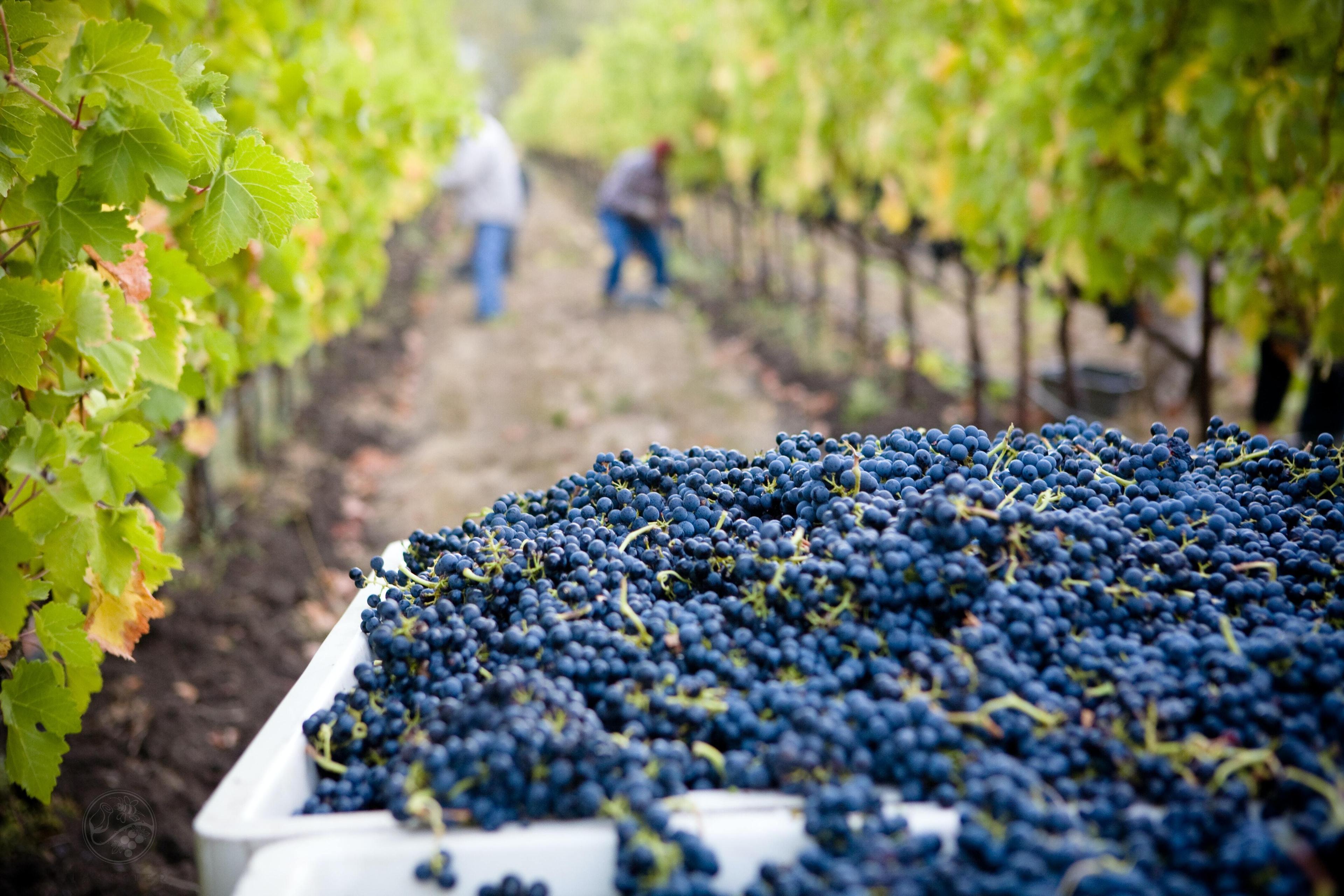11/18/2021
The Great Grape Squeeze: Severe Weather and Rising Demand for Wine
Head of Marketing
In this article Meteomatics reveals the weather events that have contributed to low production yields across European wineries, exploring the severity of weather at a hyperlocal level and highlighting how they have impacted wine production.
Impacts of severe weather may see global wine production fall to one of its lowest levels on record in Europe this year, while demand is expected to recover to near pre-pandemic levels, according to a spokesperson at The International Organization of Vine and Wine (OIV).
The OIV released a press release on 4th November stating that “this year’s expected volume seems to have fallen by 4% compared to 2020 (which was already below- average) and is 7% lower than its 20-year average. This is the result of unfavorable climatic conditions that severely impacted the major wine-producing countries in Europe this year”. 2021 has proved to be challenging for wine production in the three largest EU producing countries – Italy, Spain and France, which together account for 45% of the world and 79% of the EU wine production, with vines falling victim to the late frosts at the beginning of April.
French vineyards experienced heavy losses: the frosts followed a period of mild weather in March, causing the vines to bud and leaving them exposed to frost. Chart 1 illustrates the sharp fall in temperatures and frost on 7th April in Burgundy, France.
Jean-Marie Barillère, the head of a major wine industry association, told the French daily Le Figaro that the frost had hit “80 percent of French vineyards.” The same cold front that damaged french vine buds also affected Italy over the same period and also in mid-April.
Frost tends to strike vines on valley floors and lower parts of hills more because cool air settles there. Also, early varieties were more exposed than those that don't tend to bud until later in the spring. "The damage is like the spots on a leopard—widespread but only hitting early varieties exposed to the warmer sides of the hills and below a certain elevation, as cold air goes down," reported Antonio Michael Zaccheo Jr. of Carpineto, whose five estates are located in Montepulciano, Montalcino, Chianti Classico and Maremm (source: winespectator.com).
In France, the growing issues resulting from the frosts in March were compounded by prolonged periods of heavy rain throughout June and July. “Frost during the spring meant 30% of the champagne harvest was lost and the mildew is costing another 20% to 25%. We’ve lost more than half of the harvest in a few weeks,” said Toubart, who is Deputy Chairman of the Champagne industry lobby CIVC. “It’s terrible, we got too much rain just at a time when we needed hot and dry weather,” added Toubart.
Excess rain causes mildew to develop, a fungus that grows on the leaves and on the grapes, mildew can split open the grapes and reduce the total crop yield. The prolonged wet conditions in June / July also made it harder to work amongst the vines and treat the grapes with fungicide. Heavy rain can also wash off any treatments applied, further compounding the problem for french vineyards.
Severe weather events are occurring more frequently and provide validation for many that weather events of this nature are a result of climate change. Indeed, climate change is becoming an increasing focus for the wine industry, with Paul Roca from OIV stating that adverse weather events are occurring more and more frequently.
He said while “there is no vaccine” against climate change there are long-term solutions which will require major efforts in terms of sustainable practices for cultivating vines and producing wine”. He said adaptation was an “urgent necessity” for the industry.
Meteomatics' weather and climate database contains a wealth of global weather information (>7 petabytes) across all timescales, at incredible detail (90-meter resolution). A powerful resource for the wine industry and the wider agriculture sector, considering how local variations in topography impact the local climate (such as movement of cold air) and yields of crops. Additionally, Meteomatics climate projection data (out to 2100), provides insights on climate projections at a local level, which can help the wine and agriculture industry, prepare and plan mitigating actions for the changing climate.
Expert Call
Let’s Find the Perfect Solution to Your Problem. Talk to an Expert.
We provide the most accurate weather data for any location, at any time, to improve your business.
